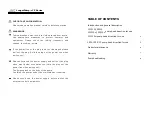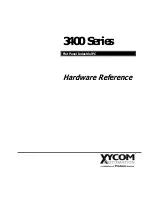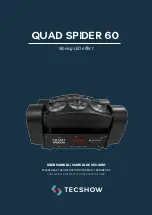
VISION-LITE® / VISION-LITE II®
PROCESSING GUIDELINES
MAY 2022
9
Anti-reflective coating detector can be used for correct detection of the coating position. Be sure to
have a calibrated detector. One example is showed on picture below. Contact either your local “Technical
Support Manager” (TSM) or local sales service to obtain such a detector.
When using a label in order to identify the VISION-LITE® range product during processing and installation,
it is mandatory to use electrostatic labels which do not leave traces upon sticking.
No metallic tool
must be used to remove labels,
as the risk to damage the coating is very high with such tool; it is
recommended to use soft tool like Teflon tool for removing traces of labels.
1.5.2. Identification of the coated face
2. Transport, acceptance, storage and handling
•
Coated glass sheets are usually transported in 2.8 tonnes packs (jumbo or split sizes).
•
Glass sheets must be transported vertically;
•
The individual sheets are packed with the coated side towards the inside of the frame unless
otherwise requested by the customer;
•
The glass panes never come into direct contact with each other: the glass sheets are always
separated by neutral polymeric powder;
•
Each coated glass pack contains at least one protective sheet (clear glass) to protect the coating
from contact with the stillage dossier or cardboard separators. The nature of this protective sheet
will depend on the glass ordered (laminated or monolithic). In case of
•
VISION-LITE® II, two protective sheets (clear glass 4 mm) are used on each side of the pack;
•
The pack and its contents must be protected from water.
•
If the glass is wrapped and sealed, the seal should remain closed until the product is used in the factory;
•
During transport, violent and repeated shocks should be avoided;
•
When handling with a hoisting apparatus, measures must be taken not to damage the pack.
2.1. TRANSPORT







































